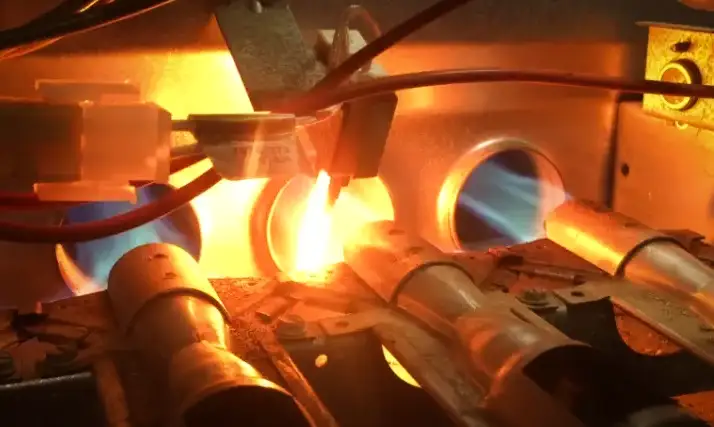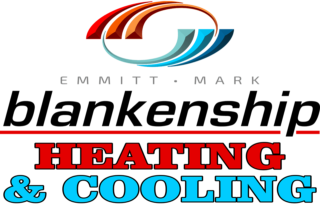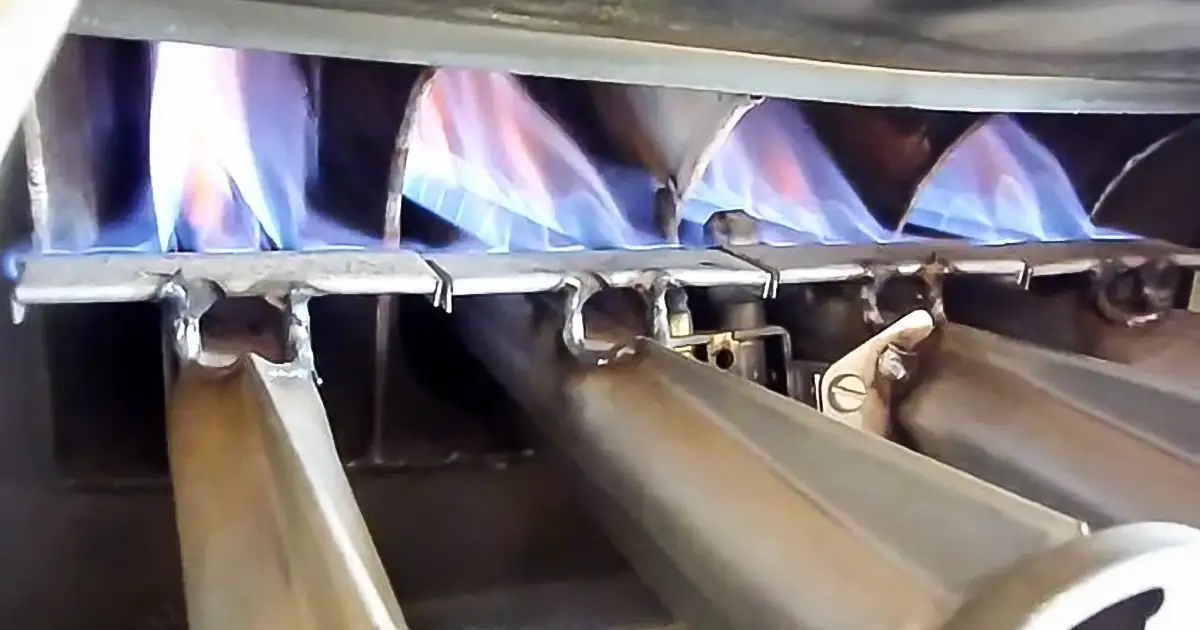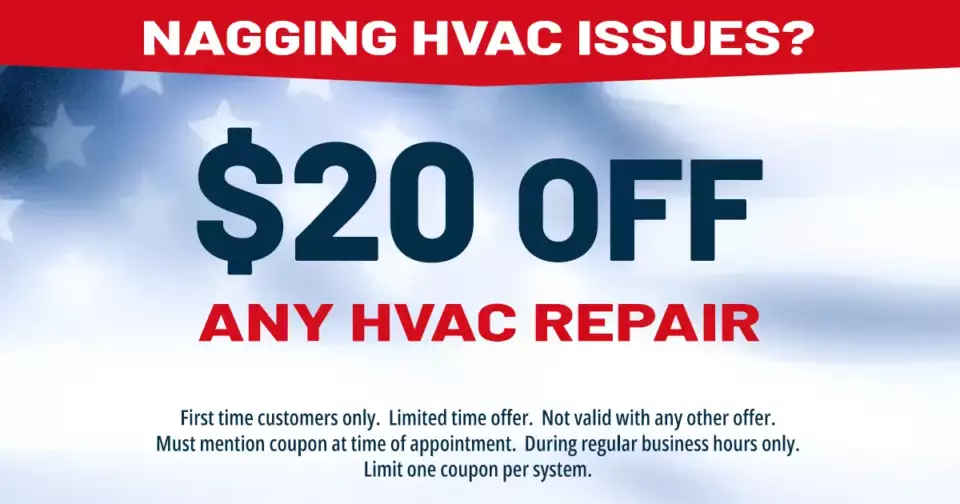If you are like many homeowners out there, you’re probably scratching your head and asking, “what is a heat exchanger?”
At Blankenship Heating & Cooling, we want our customers to understand the inner workings of their equipment so that they can identify dangerous issues before they occur. One of the most serious topics we can discuss is the heat exchanger… because damage to this component could be very dangerous for your home.
What is a Heat Exchanger?
Tennessee is known for having cold winters, and when those temperatures drop, you depend on your furnace to keep your family warm and safe.

As your furnace burns fuel, harmful gases such as carbon monoxide are formed. The heat exchanger’s job is to transfer the valuable heat into your home while separating those harmful gases.
If a heat exchanger is compromised, you have a big problem. You will likely notice a drastic reduction in the warm air generated by your furnace… but, much more importantly, your home will be subjected to toxic gas that can be very harmful to your loved ones.
Why Is My Heat Exchanger Cracked?
Like any other mechanical component, heat exchangers are subject to the wear and tear of constant use during the winter. There are several reasons why a heat exchanger could crack, such as:
- Frequent Temperature Fluctuations: The metal in the heat exchanger endures a rollercoaster of hot and cold. Over time, these temperature changes cause the metal to expand and contract, slowly weakening its integrity.
- Age: Heat exchangers usually last around 15 to 18 years. By this time, the wear and tear on the metal has likely weakened it to a critical point. If your unit is nearing this limit, consider a replacement to keep your home safe.
- Improper Installation: Even in newer units, there could be problems with the heat exchanger if it is not assembled correctly. Don’t think you are safe just because your unit is relatively new.
- Manufacturing Defects: Of course, this is extremely rare… but entirely possible. Upon inspection by one of our technicians, we can quickly determine if you have any issues.
- Inadequate Furnace Maintenance: Regular check-ups for your furnace are like doctor visits. Dust, moisture, and heat can cause rust and corrosion without them. This is one of the components Blankenship Heating and Cooling checks when we do your fall tune-up.
I Don’t See A Crack, Am I Safe?
Cracks come in all shapes and sizes. Some are visible to the naked eye, but some are not. This is one of those things you don’t want to trust to the “eyeball test”… you need a professional.
- Partial (Hairline) Cracks: These are tiny cracks that can grow over time. They’re not very dangerous initially, but they can cause trouble later.
- Small (Through) Cracks: A crack this size is still almost invisible to the naked eye… but it’s large enough to allow carbon monoxide to escape into your home.
- Large (Full) Cracks: These are big, and these are bad. If you can see a crack in your heat exchanger, then the time to call for help is now!
Since your home is already in serious danger before you can even see a crack in your heat exchanger, paying attention to “warning signs” is important. Here are some of the most obvious signals that you need to give Blankenship Heating & Cooling a call:
- Soot buildup
- Weird smells like formaldehyde
- Water under the furnace
- Family members feeling dizzy, nauseous, or sick
- Carbon monoxide detectors going off
- Cracks or rust on the furnace
- Flames in the furnace looking yellow or orange

Prevention Is Key
We want you to be safe and sound in your own home, so here are a few ways to keep your heat exchanger in good condition:
- Get regular furnace check-ups, like our annual doctor visit.
- Make sure your furnace is the right size for your home.
- Keep it clean – no mess allowed in the utility room.
- Change those furnace filters regularly.
- Check if the Start-up Temperature Rise is right for your area.
Final Thoughts
If you remember only one thing from this article, it should be to call Blankenship Heating & Cooling and schedule a quick tune-up on your furnace. We can check to ensure the heat exchanger (and all the important parts of your furnace) is in good working condition. And if we determine there are problems, we can get it fixed before you face serious consequences.
A cracked heat exchanger can (and will) put your home and family at risk. Being proactive with maintenance and quick to act when you spot trouble signs is essential for a safe home. Give us a call at (731) 733-3333 if you ever need your furnace checked or if you suspect a heat exchanger issue. We’re always here to help!




